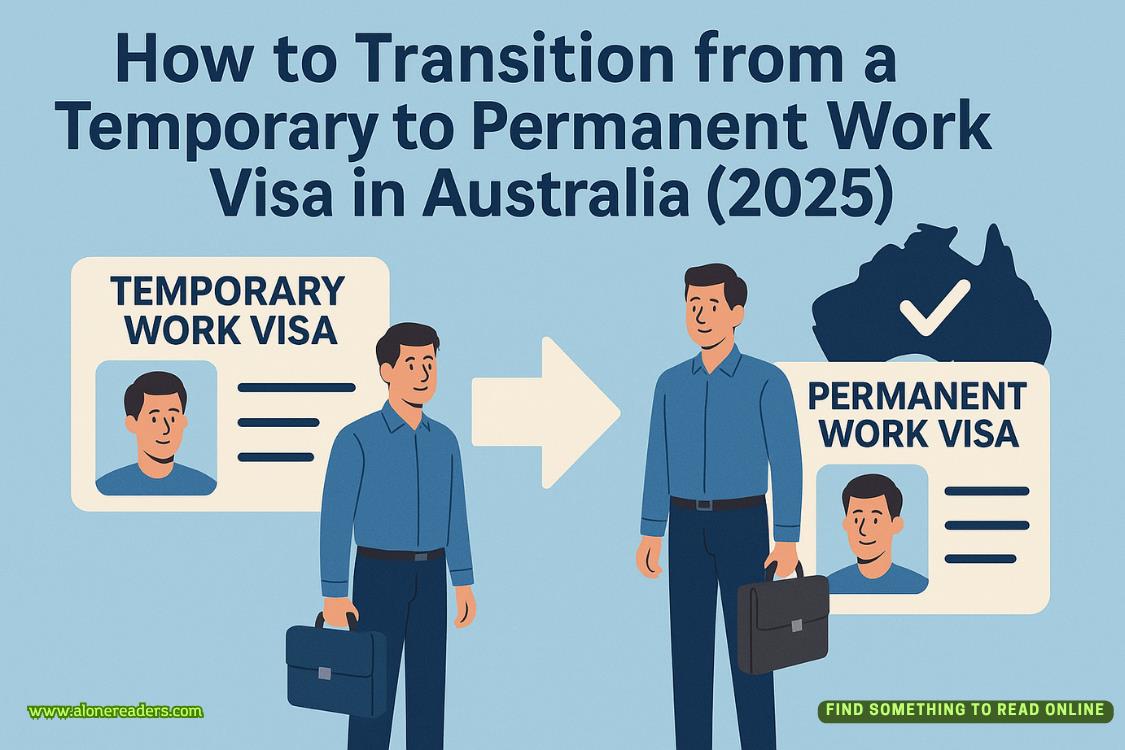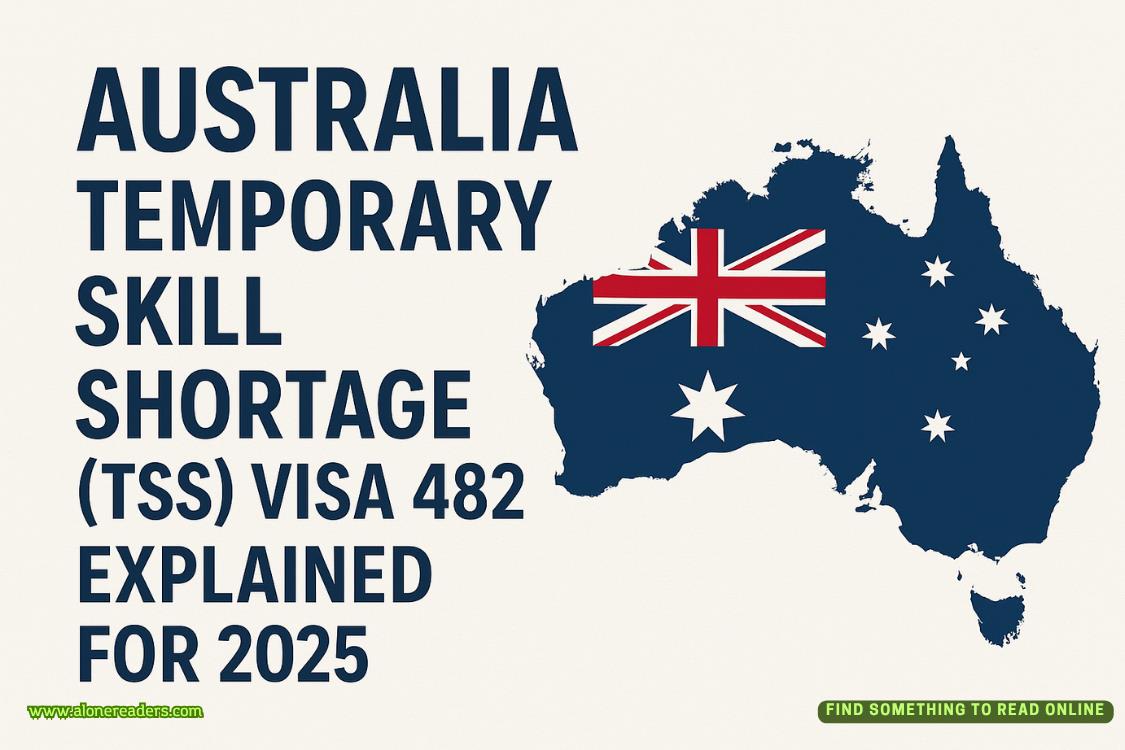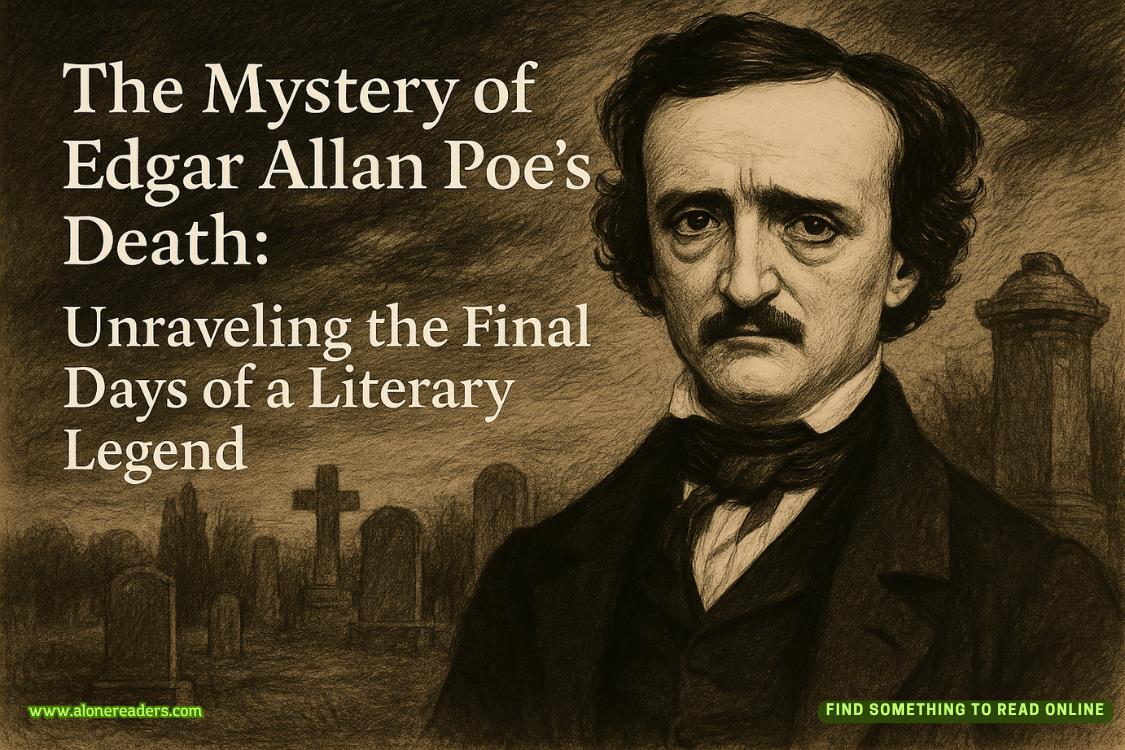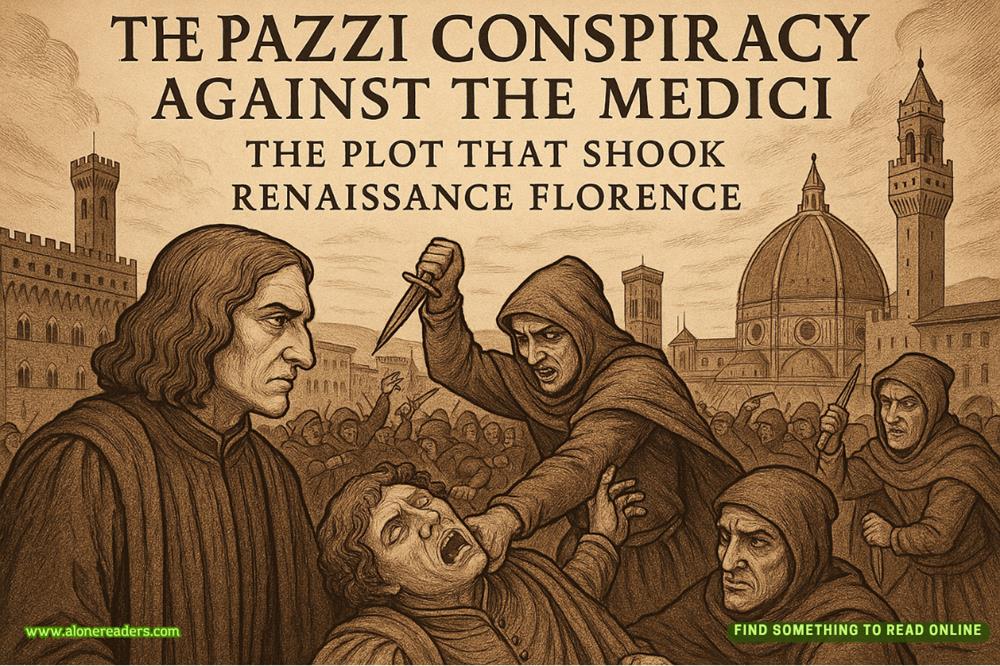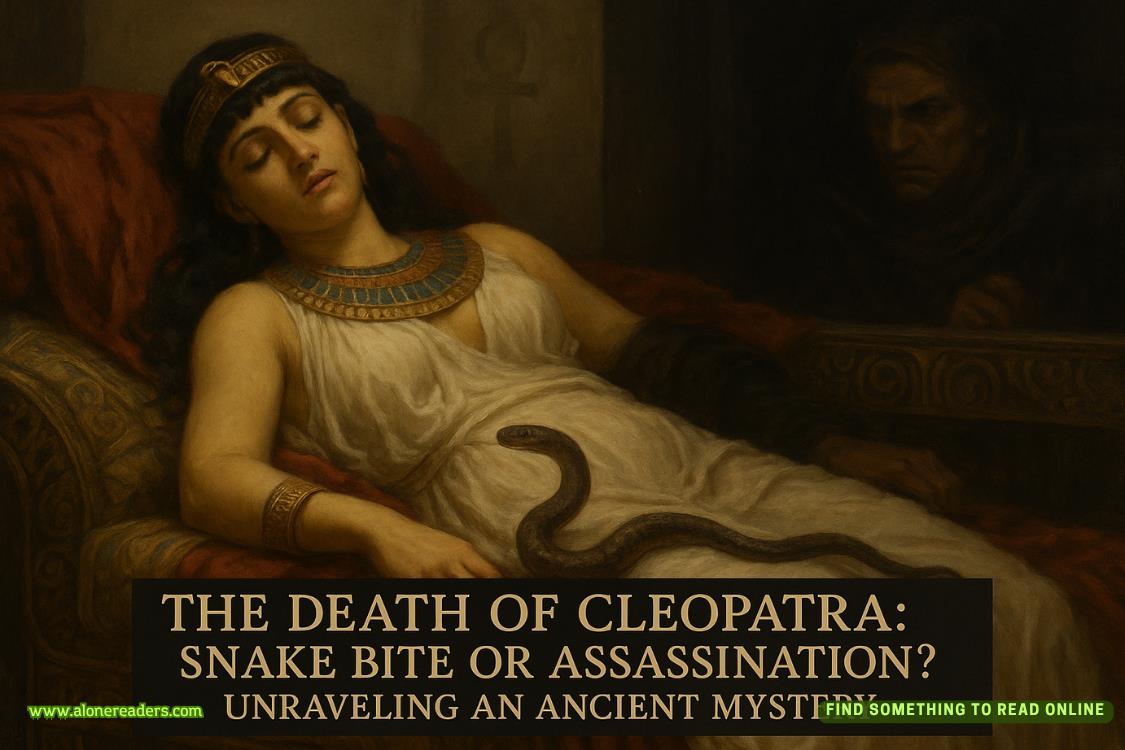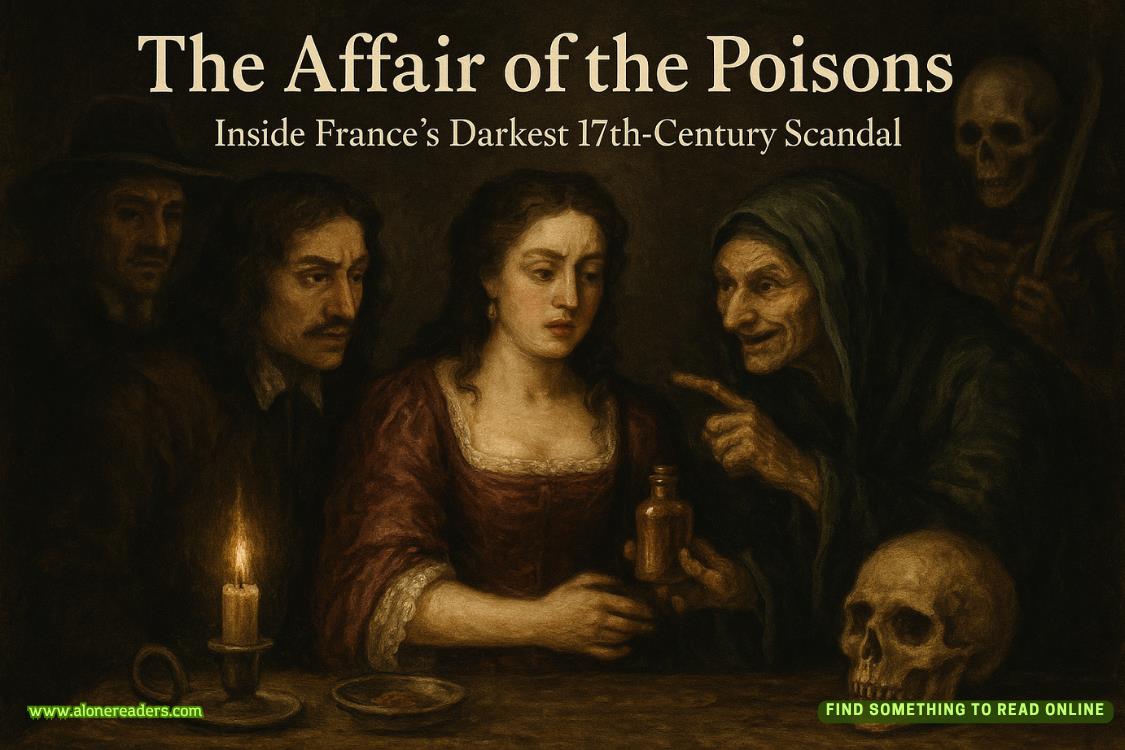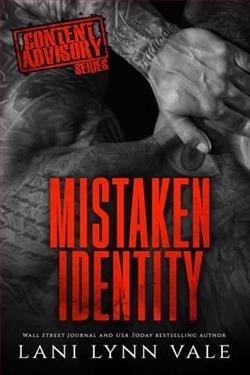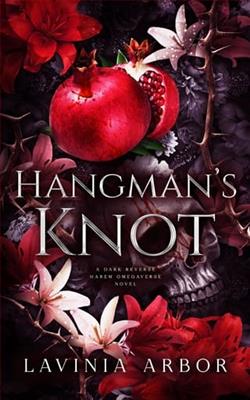Page 3 of BZRK Origins (BZRK 0.50)
“Take care of Mommy,” she reiterated. “I’ll take care of Stone.”
I smiled. “And who takes care of you?”
“I take care of me,” she said.
TWO
After that first trip inside, I couldn’t touch Birgid.
I loved her with all my heart, or at least as much as I am capable of loving anyone, but I couldn’t touch her. I could barely stand to be in the same room with her.
The whole world around me was alien. I was alien. My God, I thought: I must never go inside myself like that, or I wouldn’t be able to go on living.
The disorientation was like nothing you can imagine.
You cannot unsee once you’ve seen.
I wondered if my extreme reaction was unique to me, but my biot tech, Donna, later had the same experience. Worse in some ways. She stopped coming to work, and later, after it all went down and I sent my security chief, Stern, to see what had happened to her, he said he’d found her in her apartment, rocking back and forth and making sounds like a cat purring.
Of course, she had lost her biot, and we didn’t know then what that meant.
Stern reported to me on what he’d found. Her carpeting had all been ripped up off the floor and tossed into her backyard. There was plastic over everything. There was Purell everywhere. She had a box of respirator masks and was wearing two, one on top of the other.
She had wrapped her hands in Ziploc bags secured with duct tape.
She had shaved all the hair off her head, face, and body.
By that point I understood. But it was too late to help her.
My financial angel invested a billion dollars in McLure Labs. They invested in me, in Meldcon, in a promising antiviral agent we were testing, and in the fact that I had attracted half of the best young minds in biotech and genetic engineering.
They knew nothing about the little side project I’d earlier hoped would get AFGC support. I had become fascinated by Karl’s work on miniaturized machines—nanobots. And I began to wonder if a biological solution might not be superior. Not a tiny machine, but a tiny creature.
Needless to say, I had to obscure what I was doing. It is illegal to create new life-forms, new species. And yet, that’s what I proposed to do. It would cost a fortune and take years just to get FDA approval even to begin such a venture, and the oversight and regulation might be crippling.
So I had gone ahead on my own. With every possible safeguard. The new species would be incapable of reproduction: that was the greatest safeguard. Each biot—that was the name I stuck with—had to be grown by man. Grown in a lab. I hoped to program them to perform limited functions—to move within the body and cut away blood clots, for example, or to attack tumors by delivering chemotherapy directly on-site.
I had no idea then what would happen. I will go to my grave saying that I had no idea the goddamned things would be linked to their creators. I had no idea of the madness that would follow.
When I learned of Birgid’s cancer diagnosis, I handled it admirably. I was sympathetic, of course. I made optimistic noises. I talked of fighting it with her. But I am a man of science, so I quickly researched the survival numbers for her particular lung cancer at this particular stage. And the fact is, she would be dead in a year.
She had access to those same numbers, Birgid, and she was not a fool.
“We need to plan,” Birgid said. “For when … The kids, we need to plan, you know.… It’s not fair to them.… Jesus, I never even smoked.”
She didn’t cry. I did.
“I may have a way,” I said. “My God, look what I do for a living, I have the resources.… I can try at least.”
“Try,” Birgid said. But she didn’t believe I could do it. She did not believe I could defeat the tumor before it spread and killed her. She was always a practical person. She was … She was everything that mattered to me in the world.
Oh, that’s a lie, isn’t it? Everything that mattered? My children mattered. But my pride mattered, too, and I would be damned if I’d be beaten by some tumor. I was Grey McLure, young genius, rich, handsome, admired, and this kind of thing didn’t happen to men like me.
The next day I went to the lab and started. I assembled my best and brightest, pulled them off other projects, drafted them into my quest to perfect the ultimate cancer killer: the biot.
We had recently made significant advances in what we inelegantly called “Mix-n-Match DNA.” Using very sophisticated computer programs, we could predict with a great degree of accuracy the resu
lts of combining strands of DNA from different animals.
